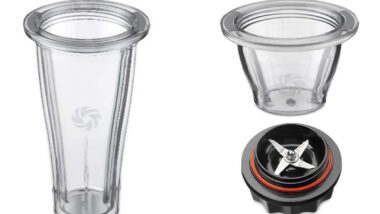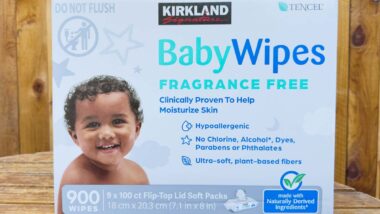Top Class Actions’s website and social media posts use affiliate links. If you make a purchase using such links, we may receive a commission, but it will not result in any additional charges to you. Please review our Affiliate Link Disclosure for more information.

The elderly patient developed a rash, blisters, and then oral and vaginal labial ulcers. On day four of the rash, she stopped taking Levofloxacin and was referred to a specialist. A clinical examination showed that the TEN rash spread beyond 40 percent of her body, covering her chest, abdomen, back, and groin. The patient was hospitalized for treatment of the Levofloxacin induced TEN for 16 days in an isolated room.
Physicians are urging patients to seek medical attention immediately if a rash develops after taking a medication. This is because the best chance of surviving a TEN diagnosis is to identify which drug is causing the allergic reaction and to stop taking it.
Quinolone Complications
Quinolone medications are some of the most popular antibiotics on the U.S. pharmaceutical market. They are prescribed to treat various medical conditions including sinus infections, ear infections, urinary tract infections, and other bacterial infections.
Quinolone antibiotics include the following:
- Levofloxacin (Levaquin)
- Ciprofloxacin (Cipro)
- Moxifloxacin (Avelox)
- Trovafloxacin (Trovan)
- Sparfloxacin (Zagam)
- Ofloxacin (Floxin)
- Lomefloxacin (Maxaquin)
- Norfloxacin (Chibroxin Ophthalmic)
- Gemifloxacin (Factive)
Studies have shown a connection between quinolone antibiotics and several serious medical conditions including eye disorders (detached retina, uveitis, pigment dispersion syndrome) and the allergic skin conditions Stevens Johnson Syndrome (SJS) and Toxic Epidermal Necrolysis (TEN).
What is SJS and TEN?
Stevens Johnson Syndrome is the early stage of Toxic Epidermal Necrolysis. Patients may initially mistake the condition for the flu, as early SJS symptoms include fever, chills, and body aches. Patients will then notice a red or purple rash begin to appear on the skin and mucous membranes. The SJS rash then develops into skin blisters, eventually resulting in the top layer of skin dying and shedding.
Levofloxacin SJS is an allergic reaction to the medication that covers between 10 to 30 percent of the body. Once the SJS rashes covers more than 30 percent, it is then referred to as Toxic Epidermal Necrolysis (TEN), which is even more serious. SJS is fatal 15 percent of the time, while TEN has a 40 percent mortality rate.
SJS and TEN treatment is similar; physicians must determine which medication is causing the reaction and then the patient is treated in a hospital similarly to a burn victim. If Levofloxacin is determined to be the cause of the dermatological reaction, physicians will caution patients to permanently avoid that medication.
Levofloxacin SJS Lawsuits
SJS lawsuits are filed by patients who believe drug manufacturers were negligent in their warnings. Plaintiffs often file SJS or TEN lawsuits to help recover the costs of lengthy hospital stays required to treat the serious condition. Recent SJS lawsuits have awarded plaintiffs thousands, and occasionally millions, of dollars in damages.
If you’ve experienced the allergic skin reaction after taking a quinolone medication such as Levofloxacin, contact an SJS attorney to find out your legal rights.
Do YOU have a legal claim? Fill out the form on this page now for a free, immediate, and confidential case evaluation. The attorneys who work with Top Class Actions will contact you if you qualify to let you know if an individual lawsuit or class action lawsuit is best for you. [In general, quinolone lawsuits are filed individually by each plaintiff and are not class actions.] Hurry — statutes of limitations may apply.
ATTORNEY ADVERTISING
Top Class Actions is a Proud Member of the American Bar Association
LEGAL INFORMATION IS NOT LEGAL ADVICE
Top Class Actions Legal Statement
©2008 – 2024 Top Class Actions® LLC
Various Trademarks held by their respective owners
This website is not intended for viewing or usage by European Union citizens.
Get Help – It’s Free
Join a Free Quinolone Class Action Lawsuit Investigation
If you or someone you know took Cipro, Levaquin, Avelox or another quinolone antibiotic and were diagnosed with liver failure, Stevens Johnson Syndrome (SJS) or toxic epidermal necrolysis (TEN), you may have a legal claim. See if you qualify by submitting your information below for a free and confidential case review.
An attorney will contact you if you qualify to discuss the details of your potential case at no charge to you.
Oops! We could not locate your form.












